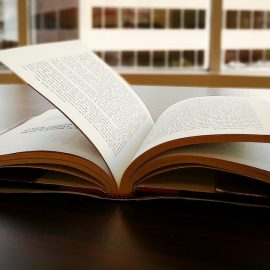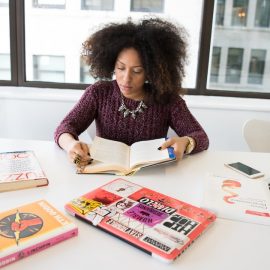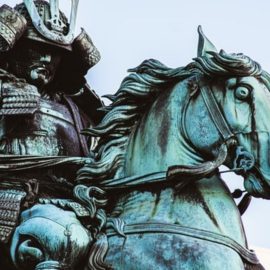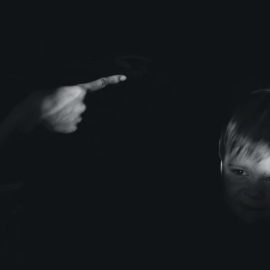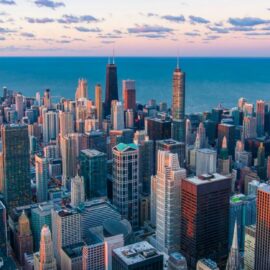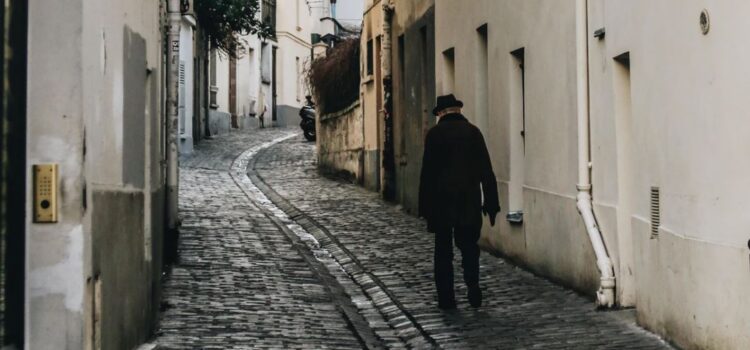
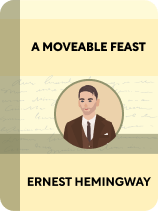
This article is an excerpt from the Shortform book guide to "A Moveable Feast" by Ernest Hemingway. Shortform has the world's best summaries and analyses of books you should be reading.
Like this article? Sign up for a free trial here .
What was Ernest Hemingway’s time in Paris like? How did living in Paris affect Hemingway’s writing?
In A Moveable Feast, Ernest Hemingway details his life in Paris in the 1920s. During this time, he described himself as young, poor, and happy.
Here is an overview of what it was like for Ernest Hemingway in Paris.
Hemingway’s Time in Paris
For Hemingway, a perk of living in Paris in the 1920s was easy access to books. One bookstore was especially important.
While living in Paris, Ernest Hemingway was too poor to buy books, so he rented them from Sylvia Beach at the bookstore Shakespeare and Company. Even though Hemingway didn’t have much money when he first visited Shakespeare and Company, Beach said he could rent books and pay when he was able. Beach also invited him and Hadley to dinner.
Hemingway went home with many books and told Hadley about his agreement with Beach. She said he was lucky to have found Shakespeare and Company and asked whether he could rent some Henry James books for her. Happy with the arrangement, they began to dream about a better, more stable life in Paris.
The Seine
On clear winter days, many people walked along the banks of the Seine, which cuts through the middle of Paris. Hemingway walked to the Ile St.-Louis, in the middle of the Seine, and then to the Ile de la Cité next to the Ile St.-Louis. At the bookstores in this neighborhood, he sometimes found just-published American books that were inexpensive. A proprietor explained that books in English were often bound cheaply, while the French books were better made. Since the proprietors often didn’t speak English, they assumed all of the English books were cheap and often just threw them away.
Hemingway often walked to the edge of the Ile de la Cité then and watched fishermen use long poles to catch fish. Open air restaurants fried the fish whole, which made them delicious. When they had money, Hemingway and Hadley ate fish at a special place called La Pêche Miraculeuse (the miraculous peach).
Hemingway got to know many of the fishermen, and on nice days he brought wine, sausage, bread, and his book to the river and watched the fishermen fish. Hemingway didn’t fish himself because he couldn’t predict when he would be done writing, and he preferred to save his money to fish in Spain. He always felt at home and was never lonely on the banks of the Seine. The heavy rains in the winter were the only really sad times in Paris. Hemingway knew the spring would come, but it was always a welcome surprise when it did.
Spring in Paris
In the spring, all problems evaporated. Hemingway wrote in the early mornings before the shops opened. A goatherd often came down the street, and a woman came outside to buy goat’s milk. Hemingway never had much money, but he and Hadley didn’t think of themselves as poor—rather, they considered themselves intellectually superior and didn’t trust the rich. They were still able to eat and drink well, but cheaply, in Paris.
When they had money from Hemingway’s assignments for Toronto newspapers, he decided to go to the horse races after finishing work for the day. He and Hadley took the train out of Gare du Nord to the track, which was old and beautiful.
A friend gave Hemingway the names of two horses to bet on. Both horses won, which put money in their pockets, and it seemed a perfect spring day. Afterward, they went to Michaud’s, an expensive restaurant where James Joyce sometimes ate with his family. They had a wonderful meal, but Hemingway felt sad afterward and couldn’t discern why. He decided it was probably because the simplicity of the morning—deciding to go to the races while the goatherd made his rounds—was gone.
The End of Hemingway’s Racing
Hemingway and Hadley went to the track many more times, and they both loved it because they could win some money, although the pastime was demanding. If you put in enough time watching the horses, you could understand that some horses were much more likely to win than their odds suggested. Hemingway eventually stopped going to the track because it was taking up too much of his time—without it, he felt a bit empty, but he put his winnings in the bank and felt better.
Hemingway’s friend, Mike Ward, argued that if you have to bet on an activity to enjoy it, it’s not really all that enjoyable. Ward preferred bike racing, which he watched without betting, and Hemingway began to enjoy it as well—there were all kinds of bike races: sprints, longer programs, sprints in a series of heats, duels, one person against a clock, and so on.
Paris Endures
For Hemingway, Paris was always an important anchor—it changed while he changed, but it was and would always be Paris. He found that whatever he put into Paris, it gave back to him. Hemingway had put all of himself into living in Paris, and he had incredible years there, learning to write. He never lived in a large city again. But he believed Paris lived in different forms in the memories of people who spent time there, and it evoked powerful feelings. A Moveable Feast reflects Hemingway’s memories of Paris when he was young, poor, and happy.

———End of Preview———
Like what you just read? Read the rest of the world's best book summary and analysis of Ernest Hemingway's "A Moveable Feast" at Shortform .
Here's what you'll find in our full A Moveable Feast summary :
- Ernest Hemingway's autobiography about his life in Paris between 1921 and 1926
- How Hemingway knew so many other great authors of the time
- Why F. Scott Fitzgerald was a toxic yet valuable friend to Hemingway

